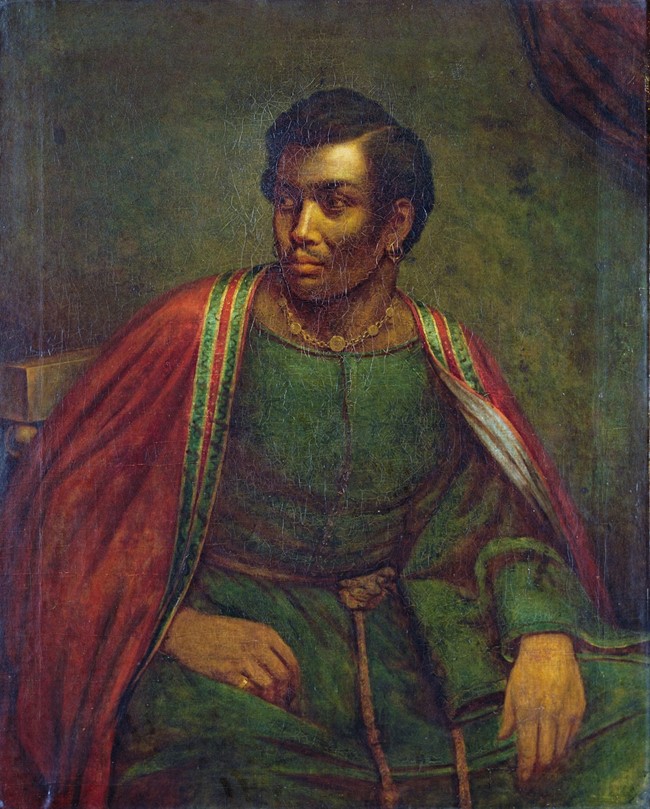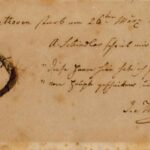Both Haydn and Beethoven were considered to have Moor ancestry. Who are the Moors and what is their story?

I always liked Morgan Freeman, especially in Robin Hood playing Azeem the Moor. From centuries later they seem mysterious people, advanced in knowledge and technologies, but conservative and pious at the same time. I decided to go deeper and find out what I can about the people of Azeem.
Who were the Moors?
The term Moor historically referred to the inhabitants of the Maghreb region of North Africa, today Morocco, Algeria, Tunisia, and Libya. The word itself is believed to have been derived from the Latin word Maurus, which initially referred to the inhabitants of the ancient Roman province of Mauretania (modern-day Morocco and Algeria). They were a mixture of Berbers, Arabs, and other ethnic groups.
Over time, Moor came to be a broader and more general meaning, referring to Muslims in North Africa and later extended to the Muslims who in 711 A.D. conquered and ruled parts of the Iberian Peninsula. In 827 they went on to occupy Sicily (part of Italy) which they held till 1300. The fall of Granada in 1492 marked the end of Muslim rule in Spain.
Key areas of Moor impact in Europe
It is safe to say that Moors had significant impact on Europe.
– One of the most prominent example of such influence is architecture. Horseshoe arches, domes, and decorative tile-work (azulejos) just to name a few. Fine example is the Alhambra in Granada.

– Sophisticated irrigation systems, agricultural techniques, new crops and fruits were introduced to the European continent.
– By reading, translating and preserving ancient Greek and Roman texts they contributed significantly to the transmission of knowledge to the next generations. Works of Aristotle, otherwise lost to humanity, were saved and reintroduced by these very important translations.
– Science and medicine were traditionally in the center of Muslim attention. In algebra, Arabic numerals, optics or pharmacy they were more advanced than other European nations.
– Another key area was education. By the time Europe was mostly illiterate, but the Moors had many universities and libraries across their territories.
The Moor influence on arts

– The art of Arabic calligraphy, with its intricate and flowing script, was highly valued by the Moors. They applied calligraphic designs to various artistic forms, including architecture, pottery, and manuscripts. The use of decorative ornamentation, such as geometric patterns and floral motifs, also became widespread in Moorish-influenced art.
– The Moors were known for their expertise in textile and carpet weaving. Patterns and vibrant colors were incorporated into their textiles, like silks, brocades, and velvet.
– The Moors had a rich musical and poetic tradition. Their musical influence included introducing new instruments, such as the oud and the lute. The guitar is believed to have evolved from the oud.
Troubadours and trouvères were influenced by Arabic poetry and song. Moorish poetry, often lyrical and romantic, left a mark on the poetic traditions of the Iberian Peninsula.
What happened to the Moors after the fall of Granada?
After the completion of the Reconquista, when the Christian kingdoms successfully expelled the Moors from the Iberian Peninsula, the fate of the Moors varied depending on their specific circumstances.
Many Moors migrated to other regions in North Africa or sought refuge in other Muslim-ruled territories, where they already had cultural and familial ties. Others joined existing Muslim communities in regions such as the Ottoman Empire.
Some Moors converted to Christianity to remain in the newly Christian-controlled territories. These converts were known as Moriscos.
Despite the expulsion and forced conversions, small pockets of Muslims, often referred to as secret Moors continued to practice their faith in secret. These communities sought to preserve their Islamic identity.
Renowned Beethoven Historian, Alexander W. Thayer writes in his Beethoven biography that “Beethoven had even more of the Moor in his features than his master [Haydn].” This and the black Beethoven theories were rejected by science in a recently published genome research.




